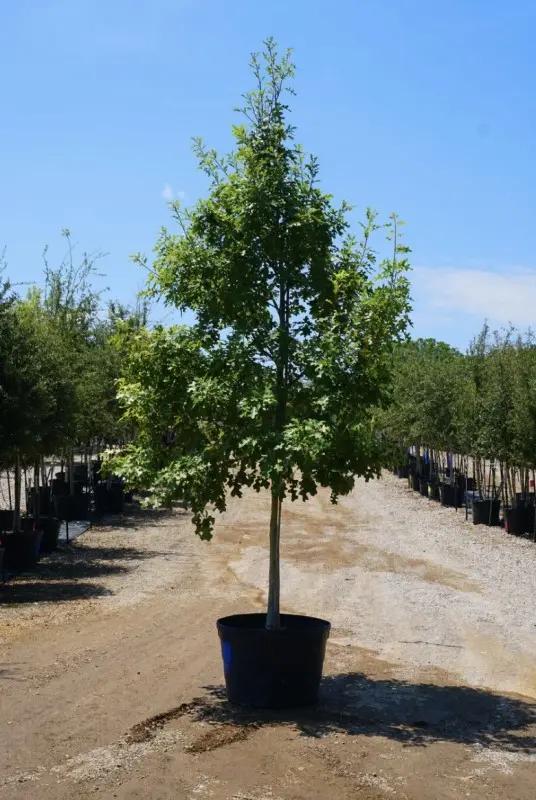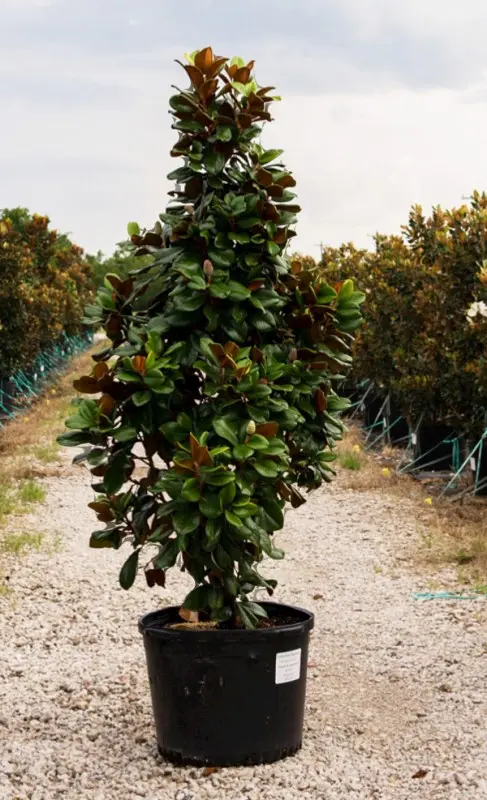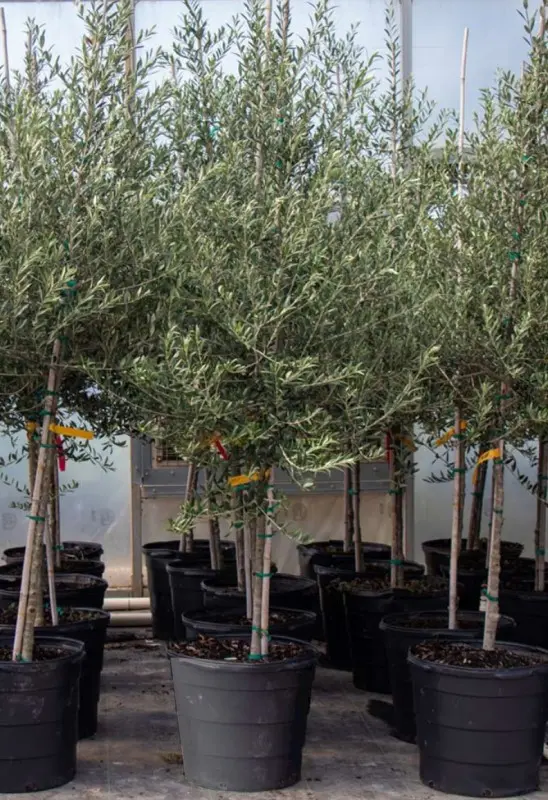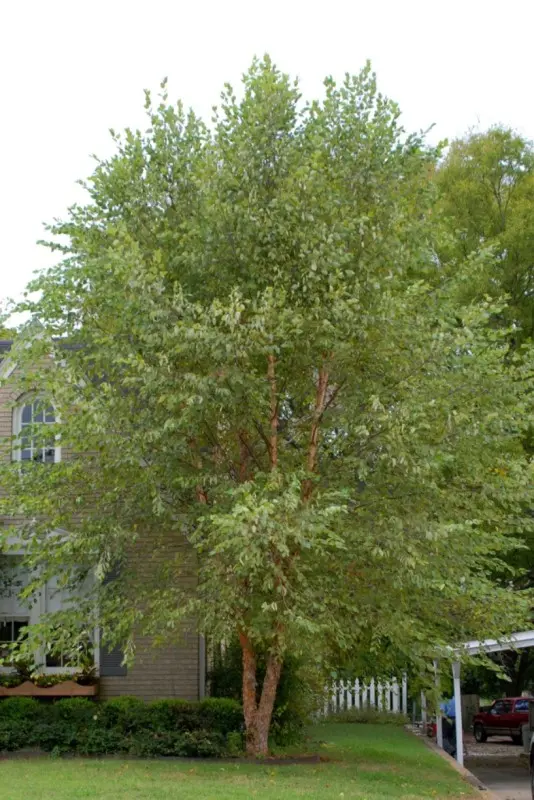Description
Red Oak (Quercus rubra), also known as Northern Red Oak, is a majestic deciduous tree celebrated for its vibrant red to reddish-brown foliage in the fall and its strong, broad-spreading canopy. Native to North America, Red Oak has a straight trunk and dark gray bark with distinctive, shiny ridges. In spring, the tree produces small, yellowish-green catkins, while its large, lobed leaves turn to brilliant shades of red in autumn, making it a standout in any landscape.
Red Oaks typically reach heights of 60 to 75 feet with a similar spread, creating a generous canopy that offers ample shade. They thrive in USDA zones 4-8, preferring full sun and well-draining soil with a slightly acidic to neutral pH. Red Oak trees are adaptable to various soil types, including sandy, clay, and loamy soils, and are moderately drought-tolerant once established. Their rapid growth rate and long lifespan make them ideal shade trees for parks, large residential properties, and open landscapes.
Low-maintenance and hardy, Red Oaks require minimal pruning aside from removing dead or damaged branches in late winter. They are generally resistant to pests and diseases, though young trees may benefit from mulching and occasional watering during dry spells. With their stunning fall color, dense canopy, and robust form, Red Oaks are favored for adding structure, shade, and seasonal interest to landscapes, contributing both ecological and aesthetic value for generations.






